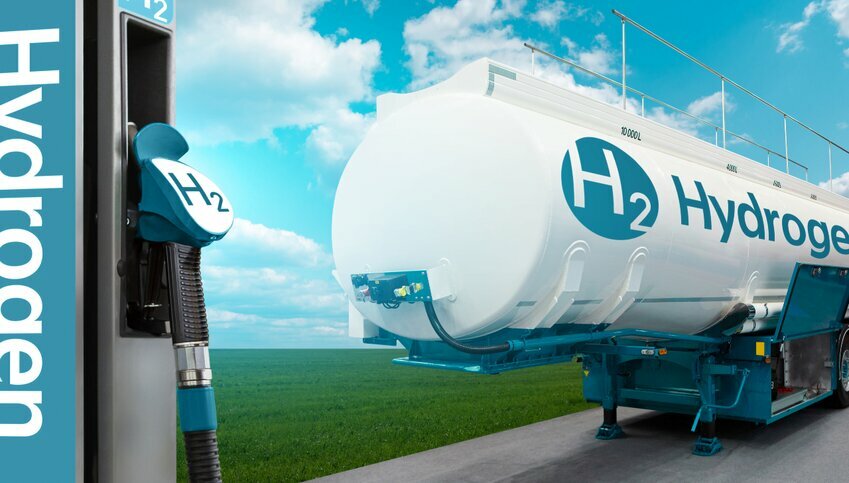 (Credit: Canva Pro)
(Credit: Canva Pro)Centrica’s chief executive said hydrogen is the most optimal fuel to back up intermittent renewable sources. Chris O’Shea penned a blog for LinkedIn saying that emissions-free hydrogen-fired generation can do the job.
Hydrogen can be stored at high densities while leaving a low-carbon footprint. Hydrogen will produce electricity for sustained periods.
“When the wind doesn’t blow, and the sun doesn’t shine, we have a problem,” he wrote. “That problem won’t be solved by building more wind generation. It will only be solved by having clean, readily dispatchable, non-weather-dependent electricity sources. At Centrica, the only things we’re against are climate change and unaffordable solutions.”
According to Wikipedia, Centrica is a British multinational energy and services company. Its principal activity is the supply of electricity and gas to consumers in the United Kingdom and Ireland.
O’Shea cites data from the National Grid, which said renewables accounted for nearly 70% of electricity generated in the United Kingdom on July 15th. However, three days later, green energy only comprised 10 percent, while natural gas formed 70%.
The broader question is what is the “best” technology to firm up wind and solar when the weather does not permit it.
Battery storage is economical because it can displace peaker plants or those generation facilities built to serve high demand. It can relieve grid pressures during periods of high demand, which means that utilities do not have to procure expensive power or build new generation units.
But batteries have a critical shortfall: they cannot provide long-term storage. They can charge and discharge, keeping the electrons flowing for limited periods. If a catastrophic event such as a wildfire occurs, then diesel generators are used for long-term relief — but limited by the available fuel.
But long-term batteries are genuine. For example, “flow batteries provide long-term storage that can deliver power for up to 15 hours, giving renewables more market leverage. The technology positions itself between short-term lithium-ion batteries and long-term hydrogen storage.
“It is most important to have 24-7 operations that are fully powered with renewable energy that use long-duration storage,” said Shankar Ramamurthy, chief executive of the Energy Internet Corporation, who spoke earlier to this reporter. “We have a good sense of the costs of our systems and the engineering. The design expertise is highly specialized.” He adds that data centers are the focus because they are major economic contributors and huge electricity consumers.
The goal is to provide “long-term viable storage that won’t cost more” than the short-term lithium-ION batteries that are prominent today. Users can charge and discharge those batteries multiple times, but eventually, they wear down.
Hydrogen is a long-term energy storage because tanks or pipelines can harness it until the fuel is ready.
Batteries can store excess electricity before sending it to an electrolyzer to create pure hydrogen gas. Tanks will store that gas before piping it to a fuel cell, which uses hydrogen to create electricity. But cost remains an issue for so-called “green hydrogen” — or hydrogen produced from wind and solar electrons. While green energy costs have dropped by 85% over 10 years, the focus now is on achieving economies of scale for electrolyzers.
“Batteries are a short-term solution to a long-term problem,” says Chris Allo, president of ElektrikGreen, which is a Colorado-based developer of hydrogen-based power storage solutions. “They work for temporary outages, and they wear out. With hydrogen, I can fill a tank and empty a tank a million times. If I need more storage, I add more tanks. If I run out of hydrogen, then I use a battery.”
He told this writer that such hydrogen systems are “affordable,” mainly because they come with a 30% credit from the U.S. government. The return on investment takes 10-15 years and comes from energy savings. Beyond that, it gives customers peace of mind that they will never lose power and are not contributing to carbon emissions.